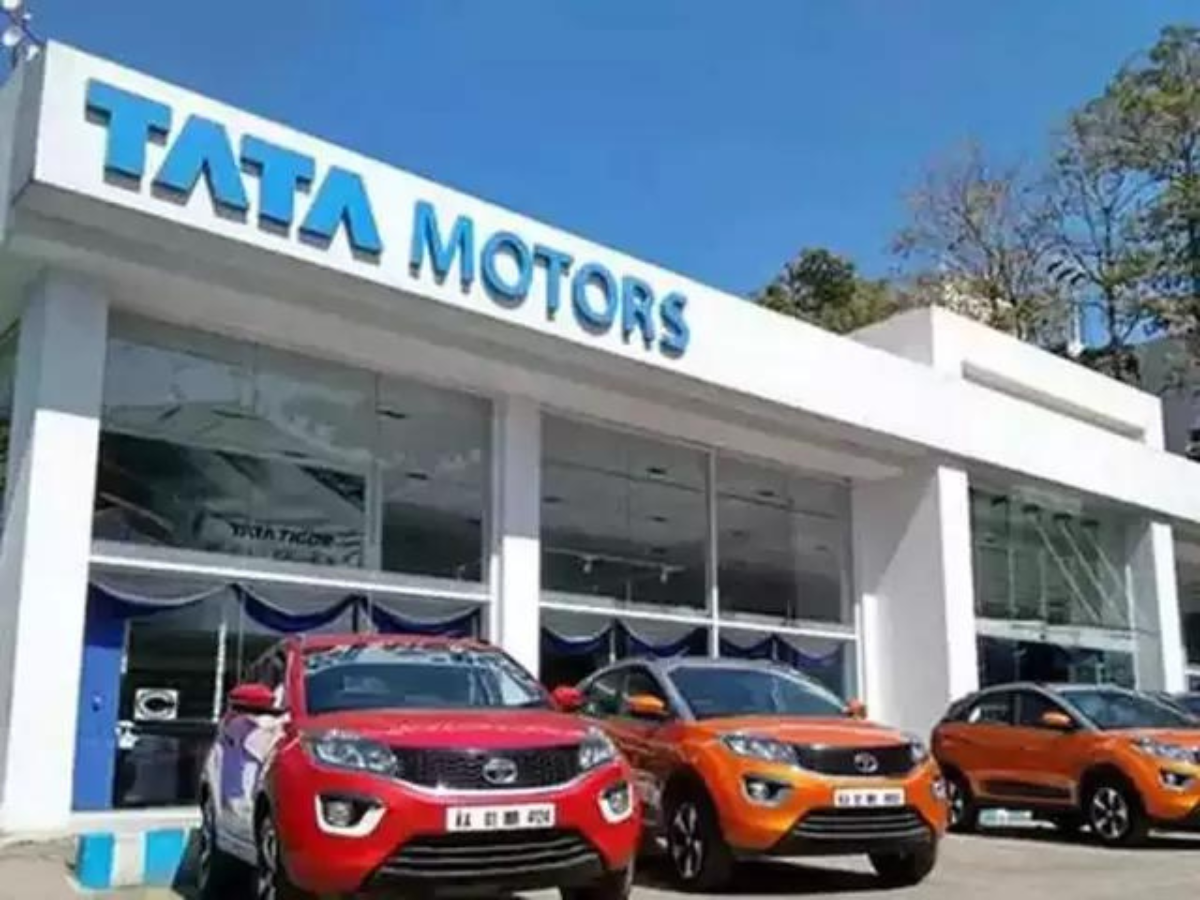“We will grow faster than the industry leveraging new nameplates and powertrain shifts,” it said. Tata Motors has set the milestones in a year when car sales in India in the ICE segment are expected to advance in low single digits of 3-5% and even sales of electric cars, where Tata Motors leads with a 72% share, are slowing month-on-month.
The overall expansion in the product portfolio will help the company to address 80% of the market. The Mumbai firm is targeting 10% earnings before interest tax, depreciation and amortisation (Ebitda) and a positive free cash flow for the consolidated passenger vehicle and EV business by 2030, it said.
The introduction of new nameplates is expected to boost volumes and operating leverage and revenues across PV and EV, bumping up realisations at the portfolio level. It also sees softening of battery prices to drive higher profitability for EVs.
As part of its plans to drive “mainstreaming of EVs” in India, it will launch new EV models—the Curvv.ev and Harrier.ev Sierra.ev in FY25 and Sierra.ev and Avinya—the company’s first EV developed ground-up in FY26. The models will address key barriers in terms of range and technology. It claims to have 300 plus range and be loaded with advanced technologies and offer vehicle-to-vehicle charging. Also, in the works is increasing the number of EV-exclusive showrooms from the current two to 50 over the next couple of years in a phased manner.
To improve the overall charging ecosystem, Tata Motors is looking to increase the number of public charging points from 10,000 in FY24 to over 100,000 by FY30 for the 4300 plus to 100,000 plus for community charging. To leverage the synergies between EVs and solar rooftops in a better manner, it will create a bundled offering for EV and solar rooftops to provide tangible financial benefits to customers. It would cross-promote solar rooftops and EVs for customers and has laid specific targets for it.
Meanwhile, the continued synergies with Tata Group companies including JLR, Agartas (cell manufacturing company), Tata AutoComp Systems and Tata Power, will give Tata Passenger Electric Mobility access to advanced technologies, localisation and cost benefits, it said. JLR’s EMA platform that will underpin the Avinya is expected to accelerate Tata Motors’ entry into the premium pure EV segment and offer cost benefits.








